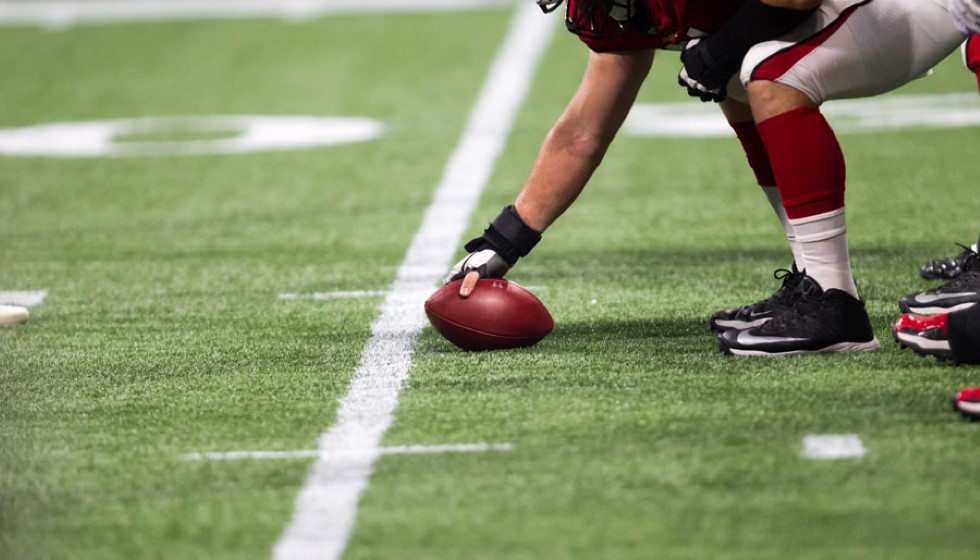
In a much-anticipated event, the NFL marked its return with the Pro Football Hall of Fame Game on Thursday, signaling the kick-off of the 2024 preseason. Taking center stage, the Chicago Bears faced off against the Houston Texans, providing fans with their first taste of competitive football since the offseason.
The game went beyond the typical fanfare associated with preseason openers, primarily due to the unveiling of the NFL’s revamped kickoff rules, which will be in effect on a trial basis for the 2024 season. These new rules have been introduced with a dual focus on enhancing the entertainment value of the game while prioritizing player safety.
A New Era for Kickoffs
Under the new directives, the kicking team, excluding the kicker, must line up on the receiving team’s 40-yard line. Simultaneously, at least nine players from the receiving team are obligated to position themselves within a “Setup Zone” that spans from their own 30- to 35-yard lines. Within this framework, only a maximum of two receiving team players are permitted to stand in the “Landing Zone,” which extends from the goal line to the 20-yard line.
To add strategic complexity, players positioned in the Setup Zone and the kicking team are restricted from making any move until the kicked ball either touches the ground or is fielded by a returner within the Landing Zone or end zone. Any kick that lands before reaching the Landing Zone is ruled dead, granting possession to the receiving team at their own 40-yard line. This aspect of the rule aims to curtail high-speed collisions, potentially reducing injury risks.
Touchbacks and Onside Kicks Reimagined
The rules governing touchbacks have also seen significant modifications. If a kicked ball reaches the end zone and is downed for a touchback, the receiving team begins from their 20-yard line. Conversely, if the kick lands and is downed in the end zone or exits through the back of the end zone, the receiving team starts from their 30-yard line.
One of the more tactical changes includes adjustments to onside kicks. While the traditional rules remain largely intact, the timing for such attempts has been confined to the fourth quarter for teams that are trailing. This alteration underscores a strategic shift aimed at balancing comeback potentials with game flow and safety considerations.
Implications for Strategy and Player Performance
These significant rule changes will inevitably have a ripple effect on game strategies, field positioning, and overall player performance. Coaches and players alike must adapt to the modified landscape, where special teams' roles could see a transformation. The setup restricts might encourage more innovative kick formation strategies and potentially change how returners and blockers are utilized.
From a tactical standpoint, the placement and timing of kicks will be crucial. Teams that excel in special teams play may find new advantages to exploit, while those who struggle could face heightened challenges. The revamped rules might also lead to an increase in touchbacks, adding a layer of predictability to the initial phases of each drive.
For the fans, these changes promise a blend of excitement and anticipation. The added parameters for kickoffs could enhance the unpredictability and dynamic nature of these plays, making every kickoff an opportunity for a momentum swing.
Balancing Act: Entertainment vs. Safety
At its core, the NFL's decision to trial these rule changes reflects a broader commitment to balancing entertainment value with player health. The league will keenly monitor the season’s outcomes, with a particular focus on player safety metrics and the overall impact on game dynamics. If successful, these rules may become a permanent fixture, potentially marking a new era in how kickoff plays are executed and perceived.
The Hall of Fame Game thus served as a fitting stage for unveiling this new chapter in the NFL's evolution, providing a glimpse of the future while honoring the past. As the season unfolds, all eyes will be on how these rule changes play out in live game scenarios, offering insights that could shape the future of professional football.